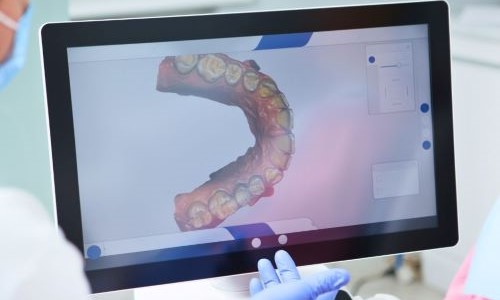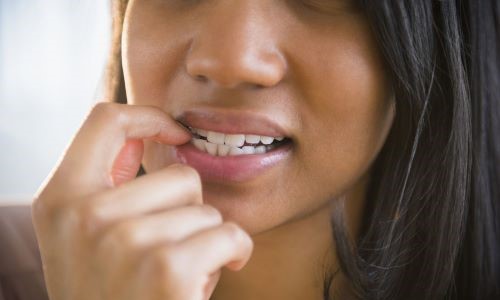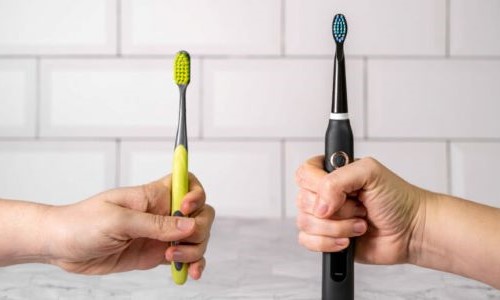In today’s digital age, many trends go viral on social media, including DIY braces. These “do-it-yourself” methods may appear to be a quick and cost-effective solution for straightening teeth, but they come with serious risks. At Elite Dental Clinic in Tanzania, we’re here to shed light on why professional orthodontic care is essential to protect your oral health and achieve a beautiful, healthy smile.
What Are DIY Braces?
DIY braces are self-applied methods for adjusting teeth, often using materials like rubber bands, paper clips, or even dental floss. Promoted as a low-cost alternative to professional braces, they may seem appealing, but the reality is far from safe.
The Risks of DIY Braces
- Permanent Tooth Damage
Without proper knowledge of tooth movement and alignment, DIY braces can cause teeth to shift incorrectly, leading to permanent damage or loss of teeth. - Gum and Bone Damage
The excessive pressure from improper materials can damage the gums and underlying bone, potentially resulting in severe infections and long-term oral health issues. - Uncontrolled Tooth Movement
Unlike professional braces, which are carefully planned, DIY methods lack precision. This can lead to misalignment, bite issues, and even speech problems. - Infections and Pain
Materials used in DIY braces are not sterile or designed for dental use. They can cause infections, mouth sores, and severe discomfort. - Increased Costs in the Long Run
Correcting the damage caused by DIY braces often requires extensive treatments, making it far more expensive than seeking professional orthodontic care initially.
Why Choose Professional Care at Elite Dental Clinic?
At Elite Dental Clinic in Tanzania, we provide safe and effective orthodontic solutions tailored to your needs. Our experienced team uses advanced technology, such as 3D scanning, to design personalized treatment plans that ensure long-lasting and beautiful results.
The Benefits of Professional Orthodontics
- Accurate diagnosis and treatment.
- Use of high-quality, sterile materials.
- Regular monitoring to ensure progress and address any issues.
- Customized plans to suit your unique dental structure.
Protect Your Smile with Elite Dental Clinic
Your smile is priceless—don’t risk it with dangerous DIY methods. At Elite Dental Clinic, we are committed to providing top-quality orthodontic care in Tanzania. From traditional braces to modern aligners, we have the expertise to help you achieve your dream smile safely.
Thinking about straightening your teeth? Schedule a consultation with Elite Dental Clinic today and discover the safe, professional way to achieve a confident smile.

















